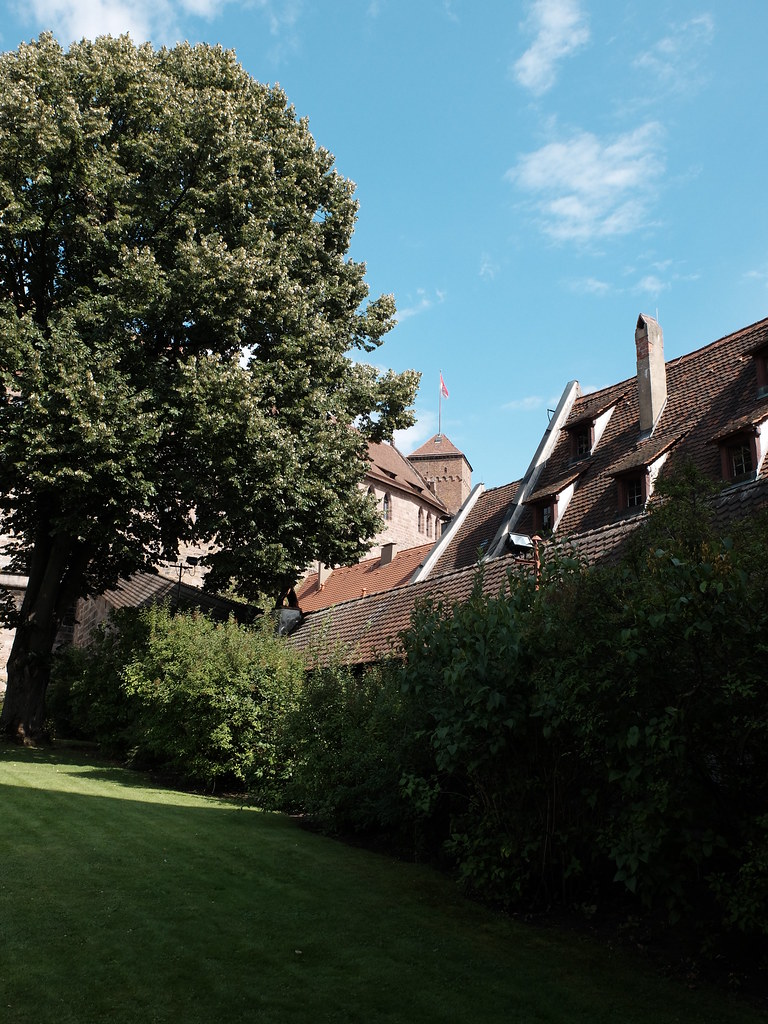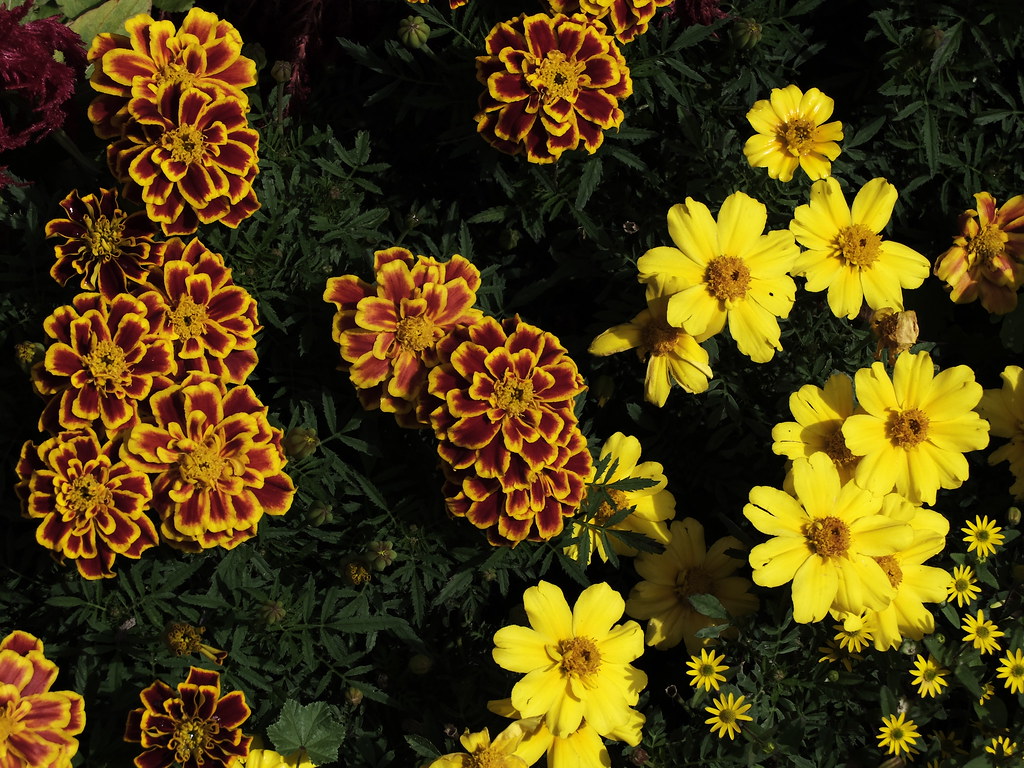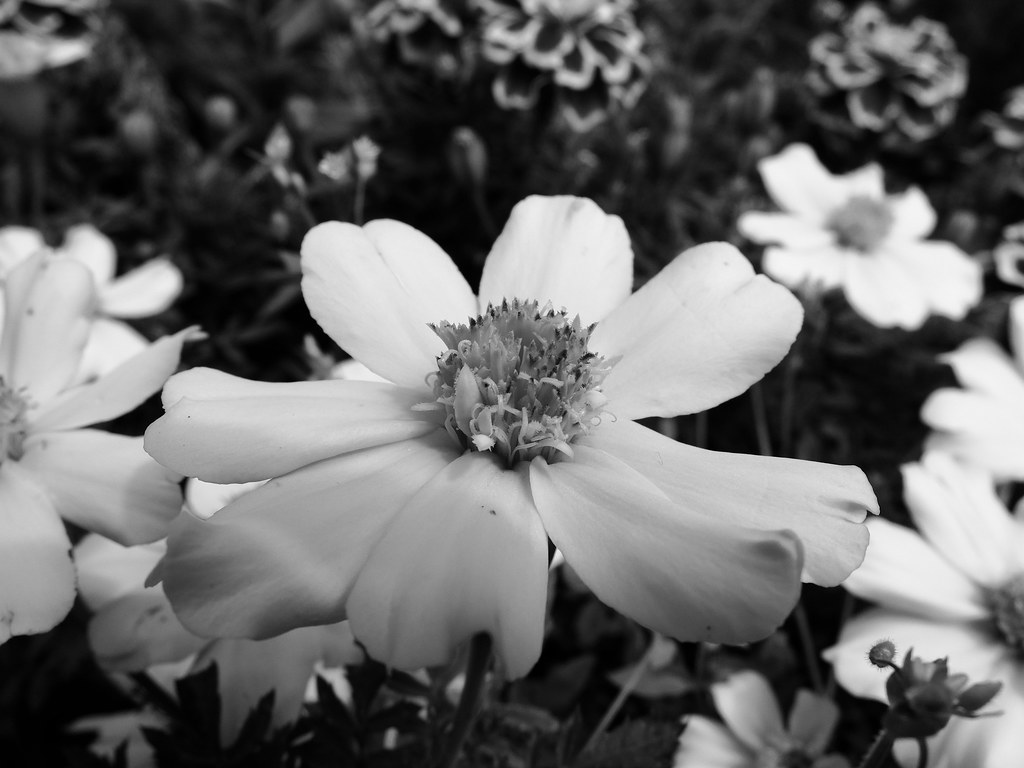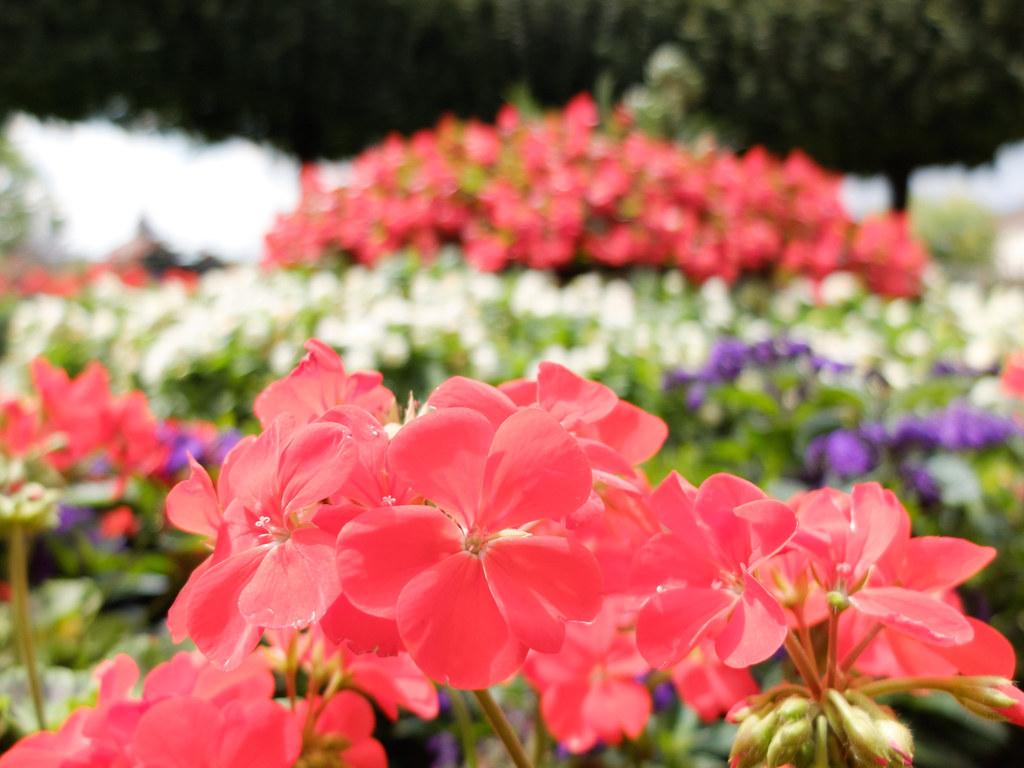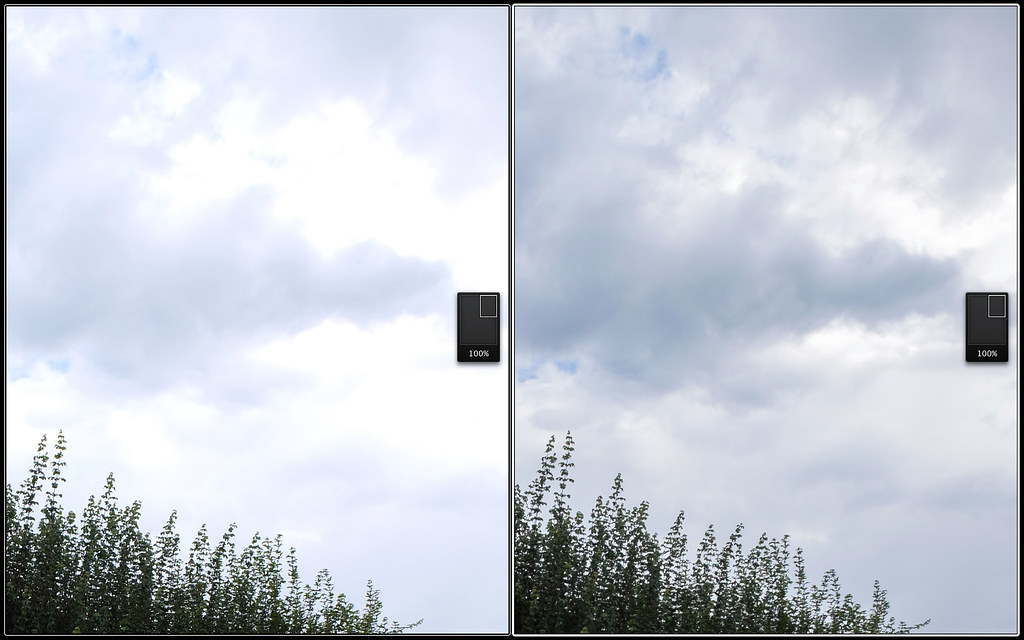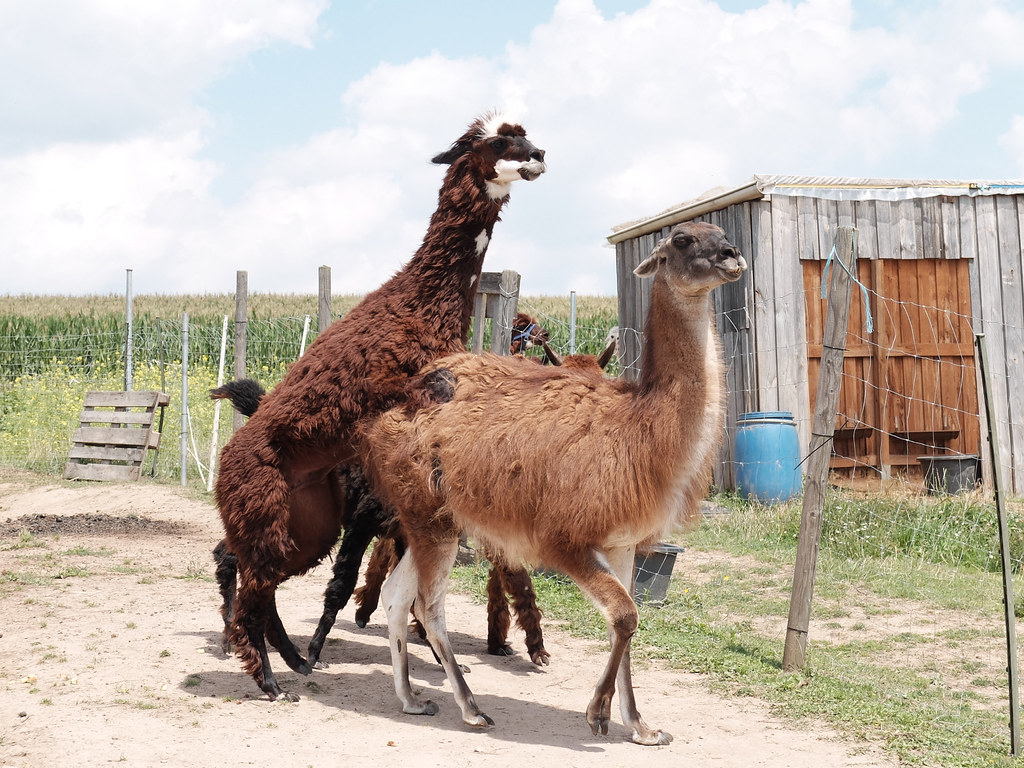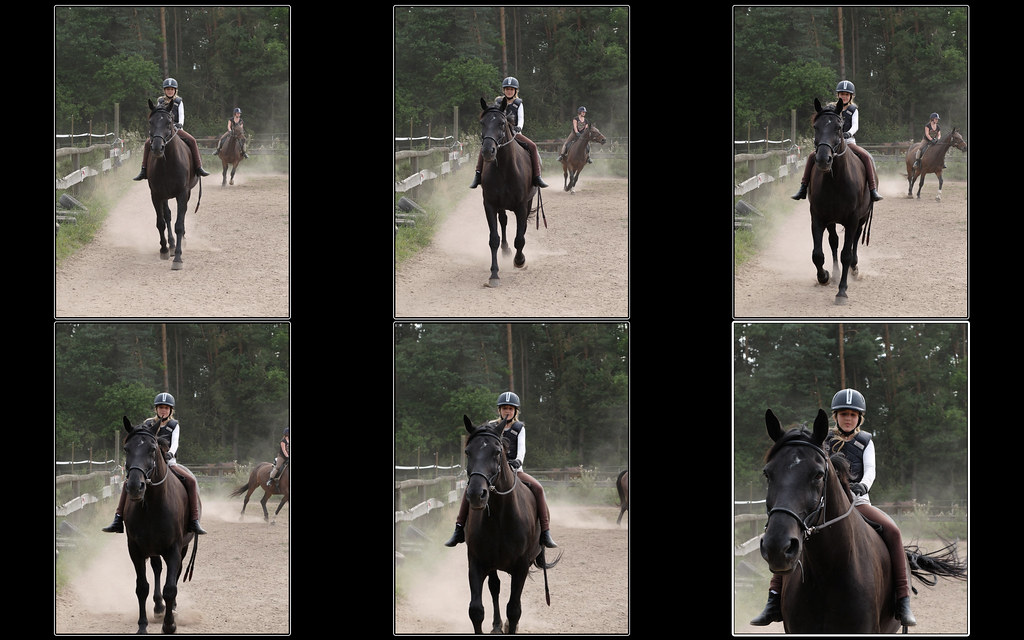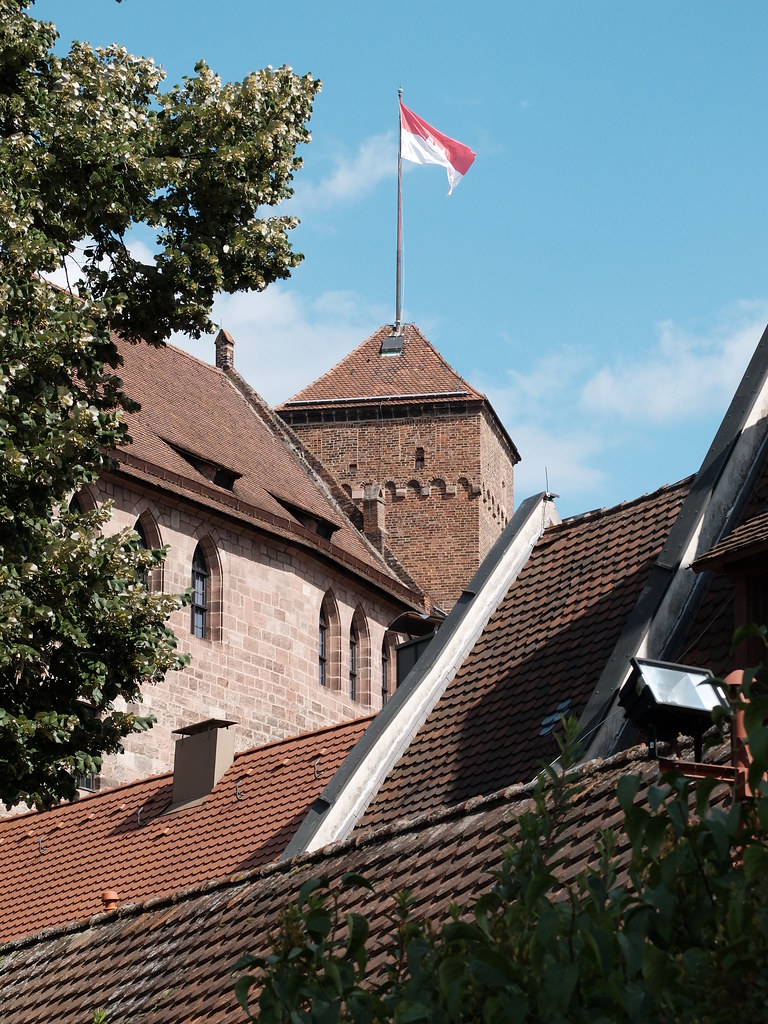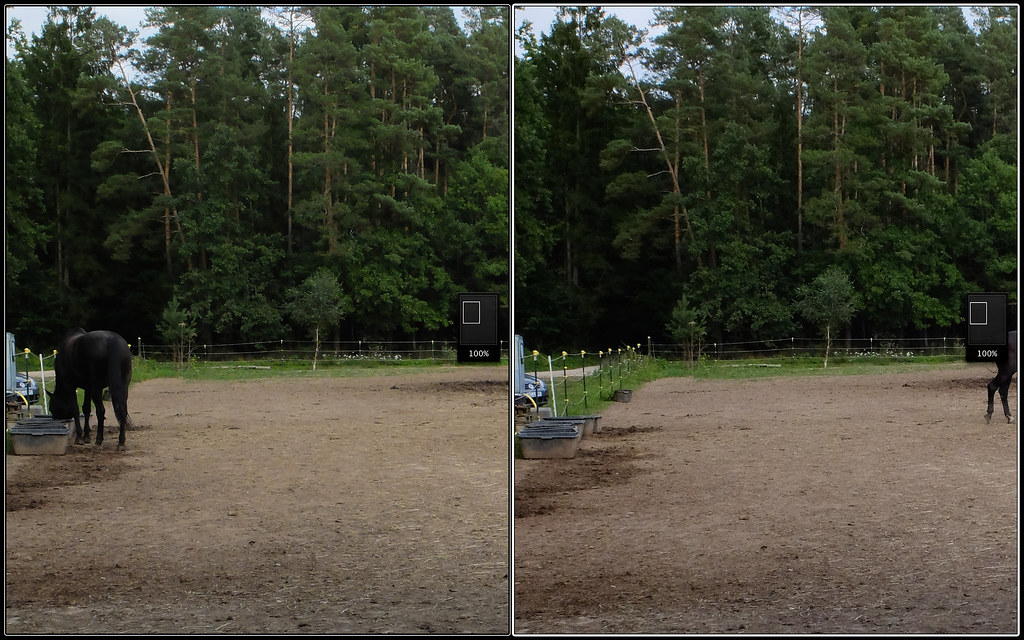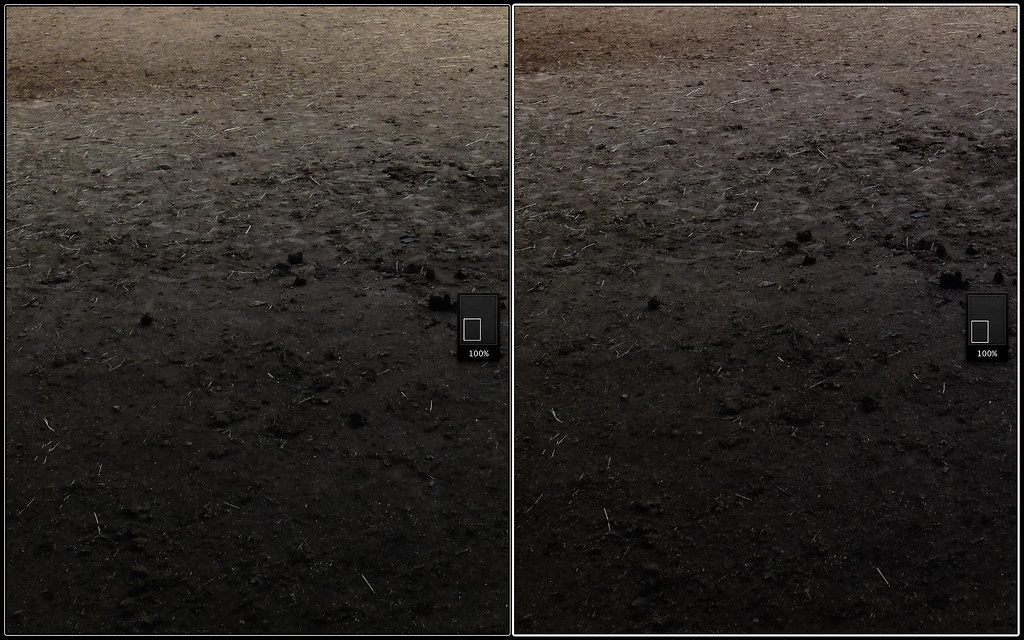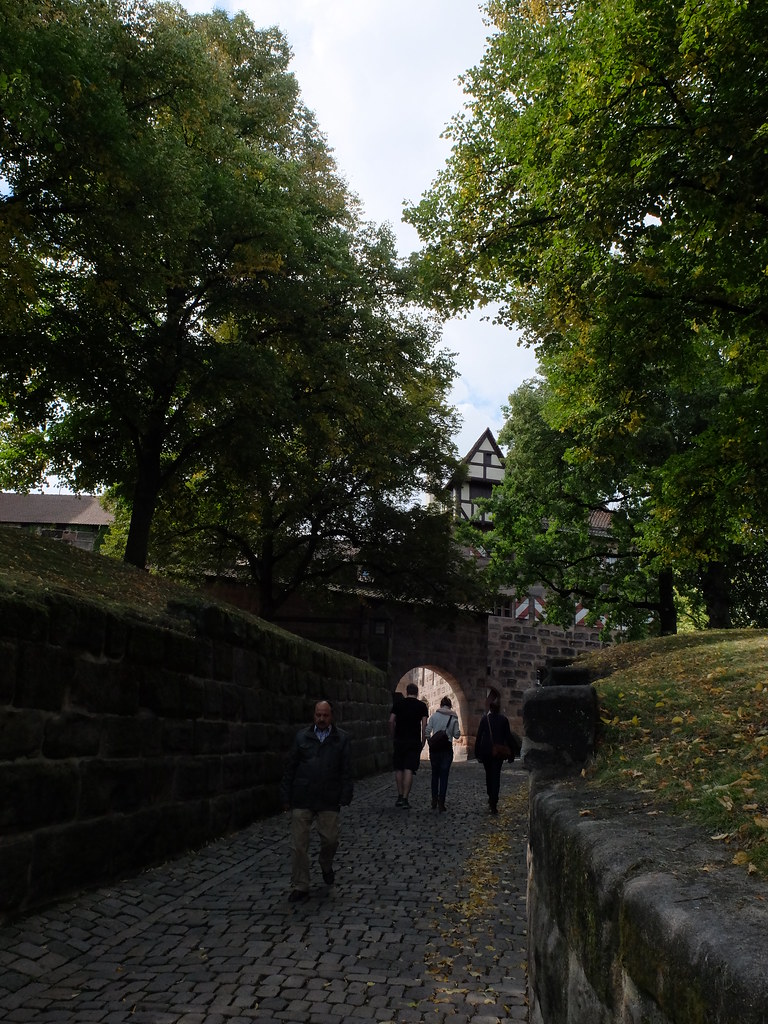First Look: Fujifilm X30
PRE-ORDERS (and support FR)
Today you can support my work here on Fujirumors. If you choose to pre-order it using one of the shoplinks in this post, FR will get a small commission on it. It won’t cost you a single penny extra on your X30. Thanks in advance to those who decide to support this FR… because it’s your support that keeps this blog running.
Fujifilm X30: USA: BHphoto / Adorama / AmazonUS / BestBuy / EUROPE: wexUK / wexDE / PCHstore /
_ _ _
First Look: Fujifilm X30
Talk to Rico (open forum for questions & feedback)
Fuji X Secrets Workshops – Rico’s Flickr Sets
The Fujifilm X-E2: Beyond the Manual – Rico’s X30 Sample Images – X30 Specs
—
[UPDATE: if you want to read this first look in German, click here]With the release of my new ebook in the X-E2 finally out of the way, I’m happy to preview Fuji’s first “third generation” X camera: the Fujifilm X30. This is a weirdly interesting device: When it comes to features and usability, it is Fuji’s most advanced camera to date, easily leaving the X-E2 and even X-T1 behind. So even if you aren’t interested in buying or using a compact camera with a 2/3″ sensor, this camera is worth a look, as its new features will also appear in future X-series models with larger sensors.
SOOC JPEG
Click here to access my album of 100 sample images taken with prototype and pre-productions cameras using beta firmware. These samples also include several sets comparing all eleven film simulations.
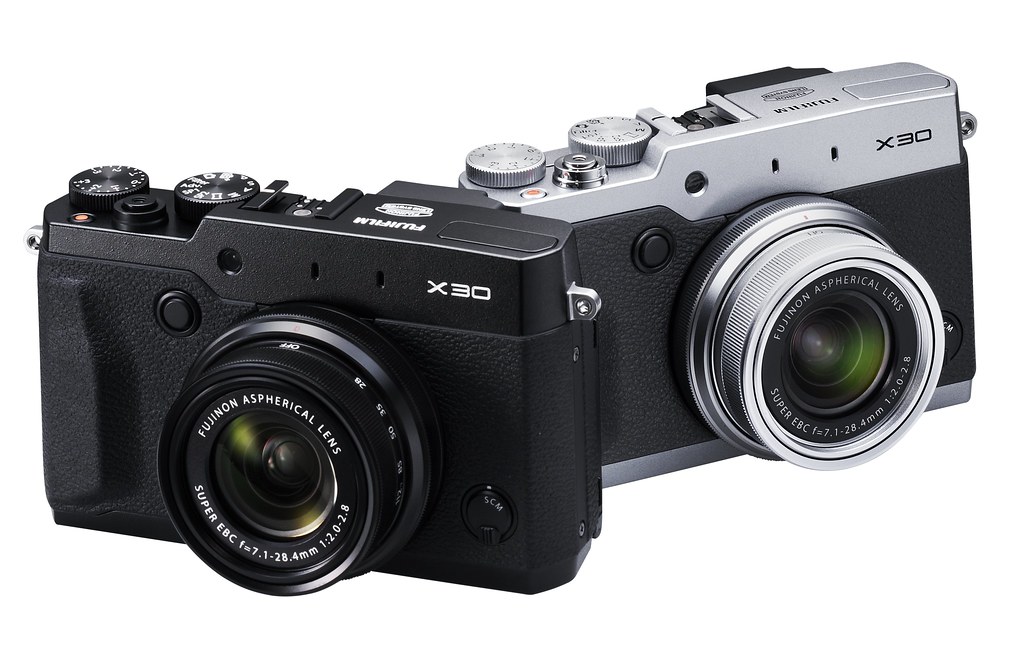
With the exception of a missing built-in ND filter, this little camera isn’t holding back with features that will please many X enthusiasts.
Here we go: The X30 features the same “real-time”, 2.36 M-dot electronic viewfinder (EVF) as the X-E2 (with only 0.005 seconds display lag), a 920 K-dot tilting LCD (twice the resolution of the X20), a multi-purpose lens control ring that can serve as a focus, aperture or shutter speed ring, a much improved user interface, better WYSIWYG capabilities (what you see is what you get) that include DR200%/DR400% previews, a dedicated RAW shooting mode, fast hybrid tracking AF, improved Instant-AF, multi-point Single-AF, six user-configurable Fn buttons, a fully configurable Quick menu, vastly improved movie/video options with full manual control, a critically improved JPEG engine with a new “Kodak-like” film simulation called Classic Chrome, wireless remote control and Instax printing, interval shooting for time-lapse photography, optional AF frame and spot metering frame coupling, ± 3 EV exposure compensation in manual mode when Auto-ISO is active (“misomatic”), and several more small but welcome improvements that make our life much easier. Phew!
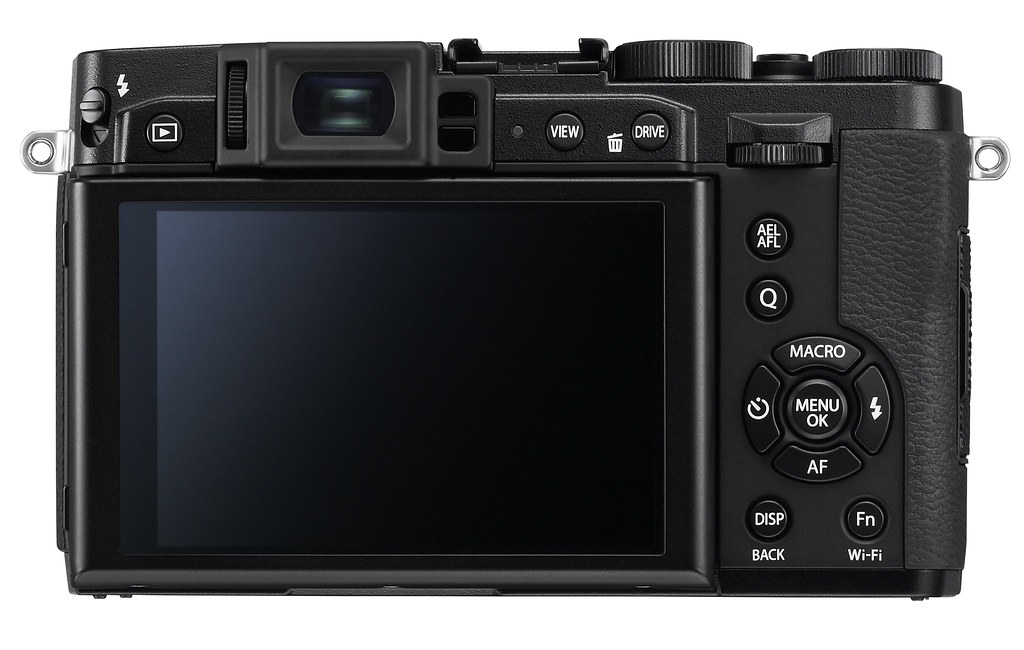
Of course, the X30 is still using the same Fuji-engineered and Toshiba-built 2/3″ X-Trans sensor as its X20 predecessor, so if cameras with a sensor size below 1″ are beneath you, don’t bother reading any further. Or maybe do bother, because everything new that’s described in this preview will also be featured in Fuji’s upcoming APS-C camera models. So on second thought, this may just be the preview you’ve been looking for.
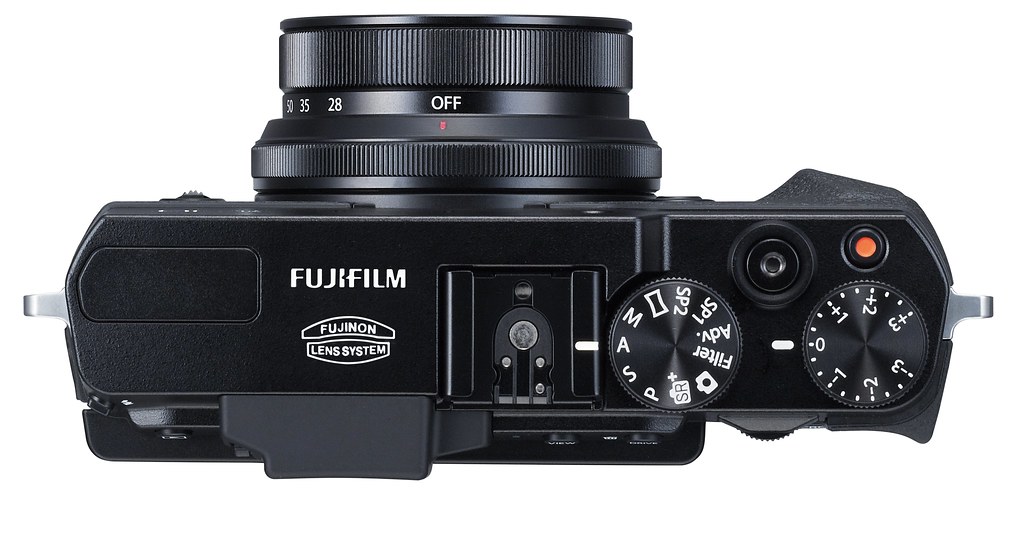
Body and Handling
The X30 is “made in China”, but it certainly doesn’t show. To the contrary, the solid body (with magnesium top and bottom plates and metal dials) has a genuine “premium feel”. For a compact camera, the X30 is pretty heavy, too: it weighs almost as much as the X100S. The F2-2.8 manual zoom lens offers the same 28-112 mm full-frame equivalent as the X20 and features Fuji’s trademark High-Transmittance Electronic Beam Coating (HT-EBC).
SOOC JPEG
There are six configurable function buttons (video button, four selector buttons and a dedicated Fn button) that can assume any of the following roles:
- Macro
- ISO
- Self-Timer
- Image Size
- Image Quality
- Dynamic Range
- Film Simulation
- White Balance
- AF Mode
- Focus Area
- Flash Mode
- Flash Compensation (FINALLY!)
- Select Custom Settings
- Movie
- Face Detection
- Intelligent Digital Zoom
- Preview Pic. Effect (toggle between JPEG and RAW shooter mode)
- Power Management
- RAW
- Wireless Communication
This is plenty to choose from, and as usual, each of the six Fn buttons can quickly be reassigned by simply pressing and holding it for about two seconds.
SOOC JPEG
The lens control ring can also assume different functions: There’s an “intelligent” context sensitive standard mode, but by pressing the new Rfn button at the front of the camera, you can also use the ring to control other tasks:
- Continuous Shooting (DRIVE mode)
- ISO
- White Balance
- Film Simulation
However, you will normally want to use the lens control ring to set the camera’s aperture in aperture priority and manual mode, or the shutter speed in shutter priority mode. In manual focus mode, the control ring can be used to focus the lens. Of course, the X30 features focus peaking to assist manual focusing.
There’s a command dial (thumb-wheel) at the back of the camera that can be also depressed to perform additional functions such as zooming into the live view image. As mentioned before, the four selector keys are now Fn buttons, and here it comes: You can configure them to directly change the focus area, so you don’t have to press an AF button first. X-T1 and X-E2 users: Start drooling with envy now!
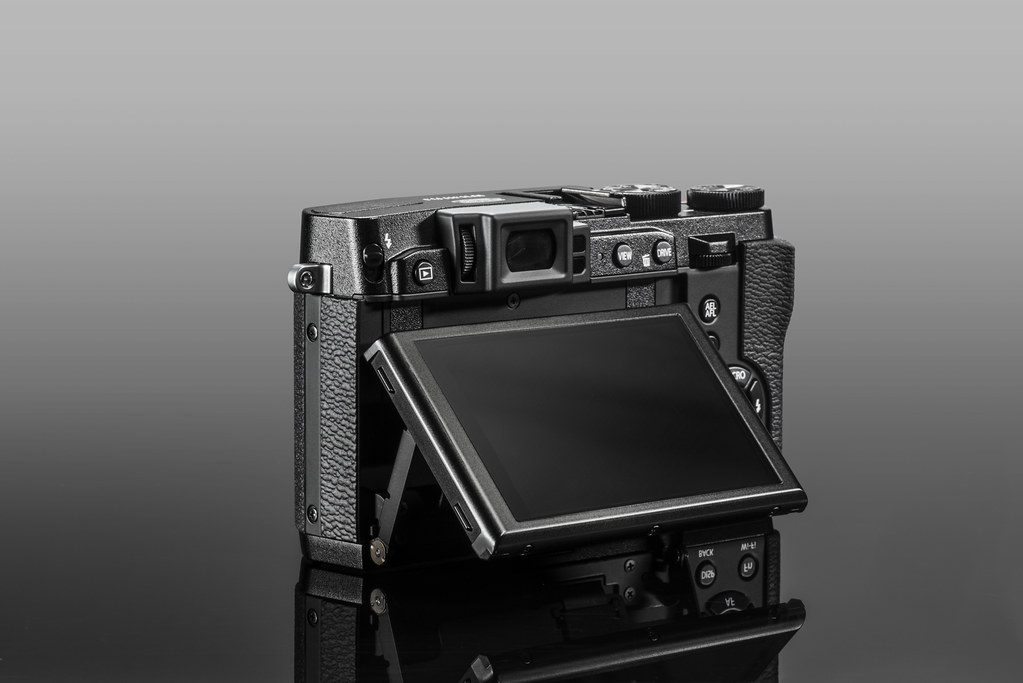
The X30 can be charged internally via USB (a USB charger and a Micro USB cable are included), or externally via an optional Fuji or third-party battery charger. Personally, I recommend battery chargers (and batteries) from Patona (at least that’s how they are called in Europe, the US equivalent appears to be named Wasabi). Speaking of batteries, the X30 now uses larger NP-95 type batteries, the same as in the X-S1, X100 and X100S. They are supposed to last for about 470 shots, but that’s in power save mode, which is not recommended here. I suggest you always set the camera to high-performance mode and simply carry a spare battery.
Lightroom 5.6 (Astia)
The exposure compensation dial allows adjustments of ± 3 EV, which is the current X-camera standard. The threaded shutter button accepts a traditional cable release, but you can just as well remotely control the camera via an app or use an RR-90-compatible remote shutter release that plugs into the USB port. There’s also an HDMI output and a 2.5 mm mic input to record better-quality audio along with video. This audio input can also be used as another remote shutter release port that is compatible with Canon Rebel and many other camera models.
The hot shoe accepts flash units from pretty much all vendors, but TTL flash is still only available in concert with the Fuji EF-20, EF-X20 or EF-42. This will change with the advent of additional TTL flash options, though. Thanks to the camera’s leaf shutter, flash sync isn’t an issue and works with shutter speeds up to 1/1000s and beyond.
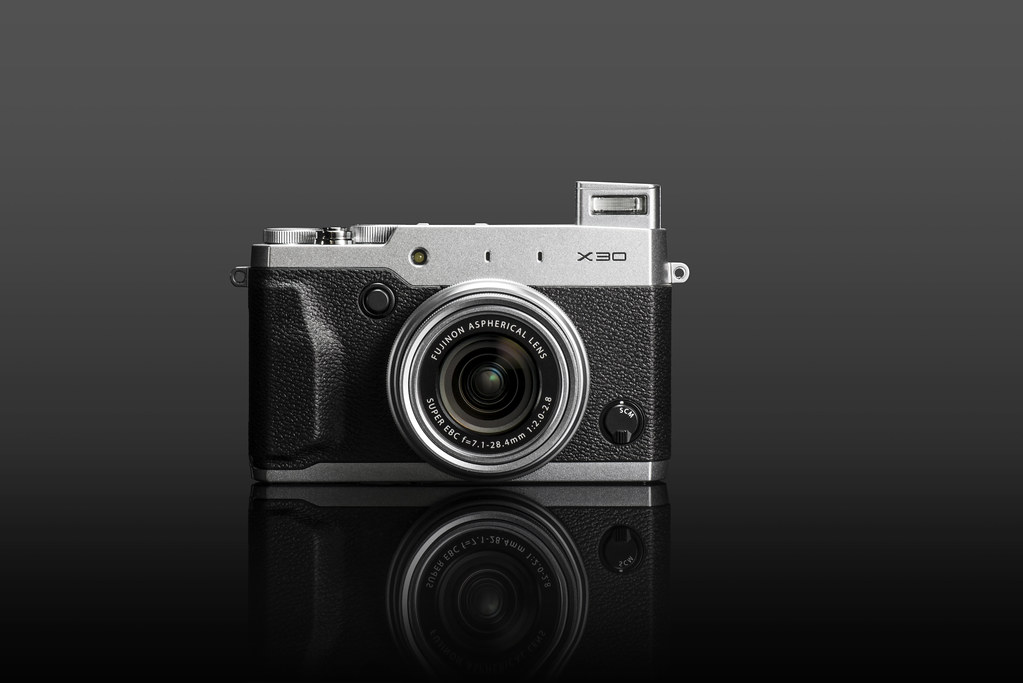
User Interface and Operating Experience
As can be expected from a third-generation camera, the X30 features a cleaner and more streamlined user interface. The macro button is now a simple toggle between normal, macro and super-macro modes (instead of opening a cumbersome menu). Information overlays in the display are less distracting and don’t obscure image corners, and there’s an on-screen AF mode indicator that shows whether AF-S or AF-C is currently selected. There’s also a distinct AF tracking mode in the DRIVE menu, thus avoiding confusion whether or not the currently selected burst speed is able to perform focus tracking.
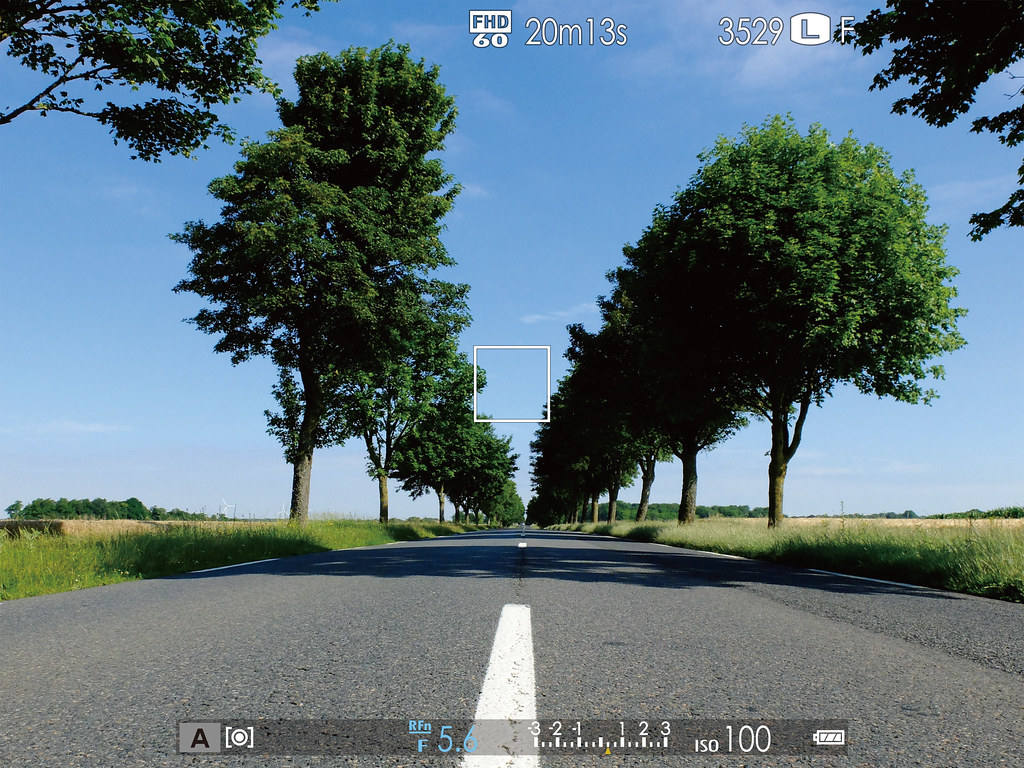
Like in the X-T1, the information overlays in the EVF change when the camera is held upright. Even better, the color saturation of the EVF and LCD can now be independently adjusted in 11 steps, and there’s a new automatic brightness adjustment for the EVF that complements the manual adjustment. The real-time viewfinder is as large and fast as the EVF in the X-E2, and it also features the same resolution of 2.36 megadots. With a display lag of only 0.005 seconds, it’s certainly ready for action. Overall, the X30 is a pretty responsive camera (startup time: 0.5 sec., shutter time lag: 0.01 sec., shooting interval: 0.3 sec.), just make sure to use fast memory cards (UHS-I SD cards with 95 MB/s write speed are appropriate).
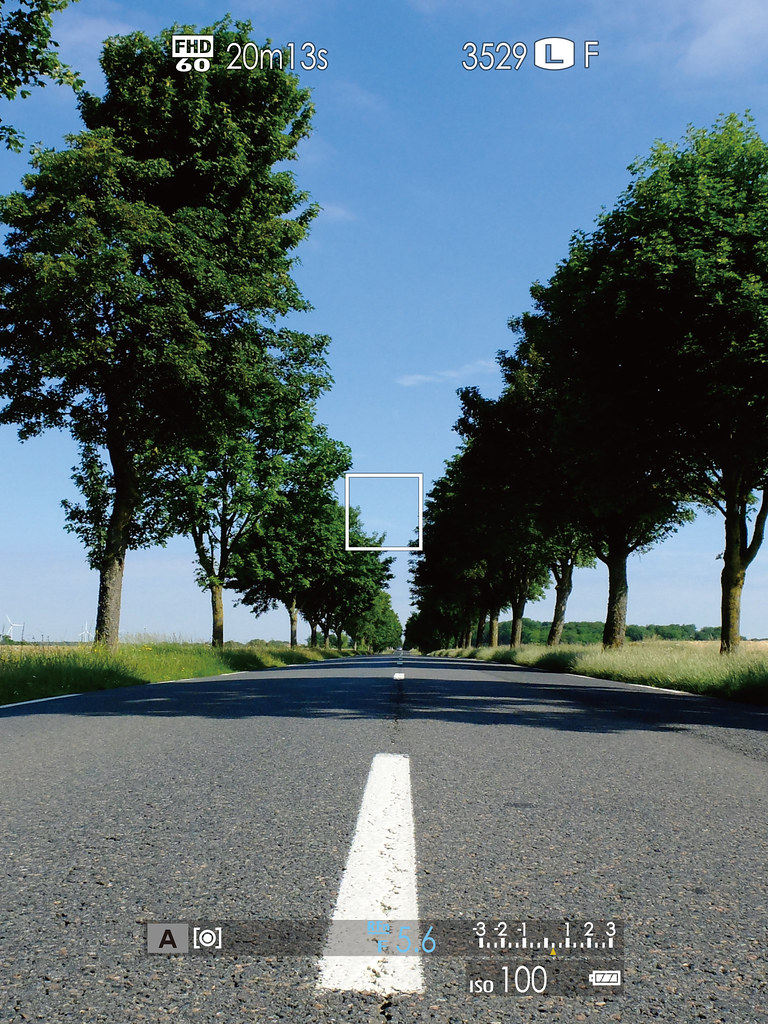
WYSIWYG has been improved, with the camera now simulating extended dynamic range settings of DR200% and DR400% in the live view and live histogram. That said, there’s also a new “RAW shooter mode” that displays a plain live view with minimal contrast and no application of film simulations and other JPEG parameters. This convenient option helps exposing the sensor to its limit, as there’s often 2/3 EV of highlight headroom that can be recovered with an external RAW converter such as Lightroom.
Click
The sample above was shot with DR100%. The crop on the left shows parts of the sky being blown in the camera’s JPEG engine (using Astia film simulation). The crop on the right shows the same part processed with the Astia film profile in Adobe Lightroom. The blown highlights could be recovered.
Exposing in manual mode features full live view and live histogram support. And using Auto-ISO in manual mode, you can now set the exposure compensation dial to bias the exposure. Yes, finally! On the other hand, those waiting for extended AE bracketing options beyond three shots will have to wait longer.
SOOC JPEG
The X30 offers three different configurable Auto-ISO settings (AUTO1, AUTO2, AUTO3) instead of only one, and similar to the X-T1 and X-E2, there are now seven custom user profiles that can hold parameters such as ISO, Dynamic Range, Film Simulation, White Balance, Color, Sharpness, Highlight / Shadow Tone and Noise Reduction. The seven custom settings (C1 to C7) can be directly accessed in the Quick menu in order to replace the current camera settings.

Speaking of the Quick menu: It still offers easy access to 16 frequently used functions or parameters, but it’s now fully configurable. You can assign any of the following functions to each of the 16 “bricks” in the Quick menu:
- ISO
- Dynamic Range
- White Balance
- Noise Reduction
- Image Size
- Image Quality
- Film Simulation
- Highlight Tone
- Shadow Tone
- Color
- Sharpness
- Self-Timer
- Face Detection
- Photometry (metering mode)
- AF Mode
- Flash Mode
- Flash Compensation
- IS Mode (optical image stabilizer)
- MF Assist
- Movie Pixel (video frame rate and resolution)
- Movie ISO
- Mic Level Adjustment
- Silent Mode (Stealth Mode)
- EVF/LCD Brightness
- EVF/LCD Color
That should do, methinks.
SOOC JPEG
Performance
The X30 is a snappy camera with a fast hybrid AF system. Hybrid AF means that the camera automatically combines conventional CDAF (contrast detection AF) with fast PDAF (phase detection AF). Sadly, PDAF is only available with the nine central of the camera’s 49 AF frames (that’s a hardware restriction), so it’s only possible to predictively track a subject with one of the nine inner frames. Like the X-T1, the X30 isn’t capable of tracking a subject by automatically handing it over from one AF frame to the next, so you must keep your subject below your single selected AF frame in order to track it and continuously keep it in focus. With this method, tracking moving objects with AF-C and about 3 fps continuous shooting is no problem, since the real-time live view is always updating between frames.
AF-C Tracking
In the camera’s AF-S (Single shot autofocus) setting, the formerly useless Multi mode now displays several AF frames at once to tell you what parts of an image are in focus. This is actually quite convenient.
PDAF focuses instantly. There’s simply no way to for me to recognize a time lag between my half-pressing the shutter button and the camera confirming focus with a beep. CDAF takes a bit longer, but is still usable for moving action and (non-predictive) tracking. As of now, Fuji’s PDAF is looking for vertical lines and edges (or horizontal ones when the camera is held upright). It’s a smart move to help the camera performing well by looking for such lines.
Lightroom 5.6
Instant-AF (using the AF-L button to automatically focus in manual focus mode) now works with PDAF, too, and you can also change the size of the AF frames in MF mode. Except for AF tracking at 8 fps, the X30 offers the same autofocus features and options as the X-T1, plus a few extras, such as the option to couple spot metering with the selected AF frame instead of always metering with the center frame.
SOOC JPEG
Face Detection has been improved, as well, as the X30 is now using a user-selected AF frame as its fallback in case a face wasn’t detected. Older X-series cameras (including the X-T1) always fall back to the central AF frame. I guess a firmware update is in order?
JPEG Engine
When I recommended the X20 as a camera for RAW shooters, I specifically criticized the weak performance of its JPEG engine in DR400% mode. The X20 applies too much noise reduction with this setting, blurring shadow details to a mushy mess. Luckily, Fuji listened and the JPEG engine of the X30 is a vast improvement. Noise reduction is less aggressive, and the JPEG files are much larger than in previous cameras, including of course the X20. White balance and overall rendering have been improved, as well, and there is a new film simulation named Classic Chrome that has been inspired by older Kodak film emulsions. With its muted colors, it looks a bit like postcards from the 60s:
SOOC JPEG
Comparing the X20 and the X30 regarding their detail handling in DR400% mode, I shot two samples with each camera using the same settings and put crops next to each other. The X20 is shown on the left, the X30 on the right:
X20 vs. X30
Please click on the images to access full-size versions on Flickr. It’s hard to miss the improvements made by the X30’s JPEG engine.
As for highlight dynamic range, the JPEG engine naturally falls short of an external RAW conversion workflow. It’s often possible to extract 2/3 EV of additional highlight headroom with software like Lightroom or Iridient Developer. Diehard JPEG shooters will have to resort to DR200% or DR400% modes, which will retain one or two stops worth of highlights, but introduce more shadow noise:
SOOC JPEG (DR400%)
In order to simulate the shallow depth-of-field of cameras with larger sensors, the X30 offers a so-called Pro Focus mode that is highly automated and works with JPEGs only. At first, its results appear quite pleasing, but when you look closer, you’ll spot blurring artifacts at some of the edges:
SOOC JPEG (Pro Focus)
Pro Focus works by taking two or three quick shots in a row at different distance settings, then merging the images into one. Here’s another example:
SOOC JPEG (Pro Focus)
Image Quality
It’s best for RAW shooters to overexpose the X30’s sensor a bit, then pull back the exposure during RAW conversion. The new “RAW shooter mode” (it’s actually called PREVIEW PIC. EFFECT > OFF) can be quite helpful here, as it offers a better representation of the dynamic range that can be captured by the sensor. JPEG shooters can use the camera’s built-in RAW converter (aka JPEG engine), which also features the effective Lens Modulation Optimizer (LMO) that automatically compensates diffraction blur that invariably occurs at smaller apertures (f/5.0 and higher in this case).
SOOC JPEG (ISO 800)
Using the camera up to ISO 800 poses no problems. Beyond that, noise may slowly become visible in larger prints depending on the scene. Luckily, the camera’s fast lens rarely requires us to use very high ISO settings. Instead, I sorely miss a built-in ND filter when shooting in bright outdoor light, as the X30 can only handle a maximum shutter speed of 1/1000s when used wide-open. Faster speeds can be enforced in shutter priority and manual modes, but at the expense of bokeh quality. I case you really need high-ISO performance, the camera offers a Pro Low-Light mode that takes several pictures of a scene in rapid succession and merges them into one while removing the noise differential. Sadly, this mode is JPEG-only.
Built-in RAW converter
Like all X-series cameras, the X30 features a built-in RAW converter that can be used to change all JPEG parameters after the fact (white balance, film simulation, contrast settings, sharpness, color, noise reduction etc.). Even better, you can also use it to adjust a shot’s exposure. In the following sample, the exposure was pushed up 2/3 EV:
SOOC JPEG
Movies
Video recording has been much improved, with full manual control over aperture and shutter speed during recording. ISO can be set manually or automatically, you can pick one of the X30’s eleven film simulations, and you can record full-HD with frame rates of either 60, 50, 30, 25 or 24 fps. Fuji specifies a bit rate of 36 Mbps.
Autofocus and manual focusing are both available during recording. Sadly, focus peaking isn’t possible during movie recording, only before you press the record button.
Lightroom 5.6
Conclusion
The X30 is currently Fujifilm’s most advanced camera, combining premium build with retro elements and a flexible and mature user interface. But is it worth 549 Euros incl. VAT? With X-M1 double-lens kits already selling for 100 Euros less than that, I expect the street price of the X30 to adjust downwards rather sooner than later. Yes, it’s a fantastic camera with great handling and performance, but it’s still a compact camera with a 2/3″ sensor. The IQ is great, but at higher ISOs, it can’t match Fuji’s entry-level APS-C cameras. That said, if the price is right, the X30 is a clear buy for those who are looking for a compact camera for grown-ups that doesn’t look and handle like a toy, but like something more substantial.
Fujifilm X30: USA: BHphoto / Adorama / AmazonUS / BestBuy / EUROPE: wexUK / wexDE / PCHstore /
SOOC JPEG
Set with my X30 sample images: click here!
[UPDATE: if you want to read this first look in German, click here]For your convenience, here’s a TOC with links to my previous X-PERT CORNER articles:
- First Look: XF18-135mmF3.5-5.6 R LM OIS WR
- X-E2: Behind Firmware 2.00
- First Look: Fujifilm TCL-X100 Teleconverter for X100(S) Cameras
- First Look: Fujinon XF10-24mmF4 R OIS
- First Look: Fujifilm X-T1
- First Look: Fujinon XF56mmF1.2 R
- Exposing Right
- Using Auto-ISO
- Using Face Detection
- First Look: Fujifilm XQ1
- PDAF & LMO Lens Firmware Updates Coming in November
- First Look: Fujifilm X-E2
- How Fuji could save the X-M1
- X-A1 vs. X-M1: Photo Ninja Edition
- X-A1 vs. X-M1: the Shootout
- Using the Fujifilm X-A1 [& X-M1]
- First Look: Fujinon XF23mmF1.4 R
- RAW Converter Shootout Results
- Ultimate RAW Converter Shootout
- First Look: X-M1 with New Kit Zoom and Pancake Lens
- Zeiss Touit vs. Fujinon XF
- Remote Shutter Control for X Series Cameras
- Apple Camera RAW, X-Trans and EXR
- First Look: XF55-200mmF3.5-4.8 R LM OIS
- Studio X
- Using the X100S
- Using the X20
- X100S vs. X100
- X20 vs. X10
- RAW, JPEG, Silkypix and “Fuji Colors”
- Adapting Third-Party Lenses (updated with Speed Booster)
- RAW for JPEG Shooters…
- Tips for Updating your Firmware
- How to Clean the X-Trans Sensor
- Using the XF14mmF2.8 R
- Decoding XF18-55mmF2.8-4 R LM OIS
- Comparing RAW converters: JPEG vs. Lightroom, Capture One, Silkypix & RPP
- XF14mmF2.8 R appears to be almost distortion free
- How to Expand Dynamic Range
- How to Use Extended ISO
- EXR, anyone?
- Capture One – When the Going Gets Tough…
- Using Shooting Profiles and the Quick Menu
Rico Pfirstinger studied communications and has been working as journalist, publicist, and photographer since the mid-80s. He has written a number of books on topics as diverse as Adobe PageMaker and sled dogs, and produced a beautiful book of photographs titled Huskies in Action (German version). He has spent time working as the head of a department with the German Burda-Publishing Company and served as chief editor for a winter sports website. After eight years as a freelance film critic and entertainment writer in Los Angeles, Rico now lives in Germany and devotes his time to digital photography and compact camera systems. His new ebook The Fujifilm X-E2: Beyond the Manual is available at Rocky Nook.


